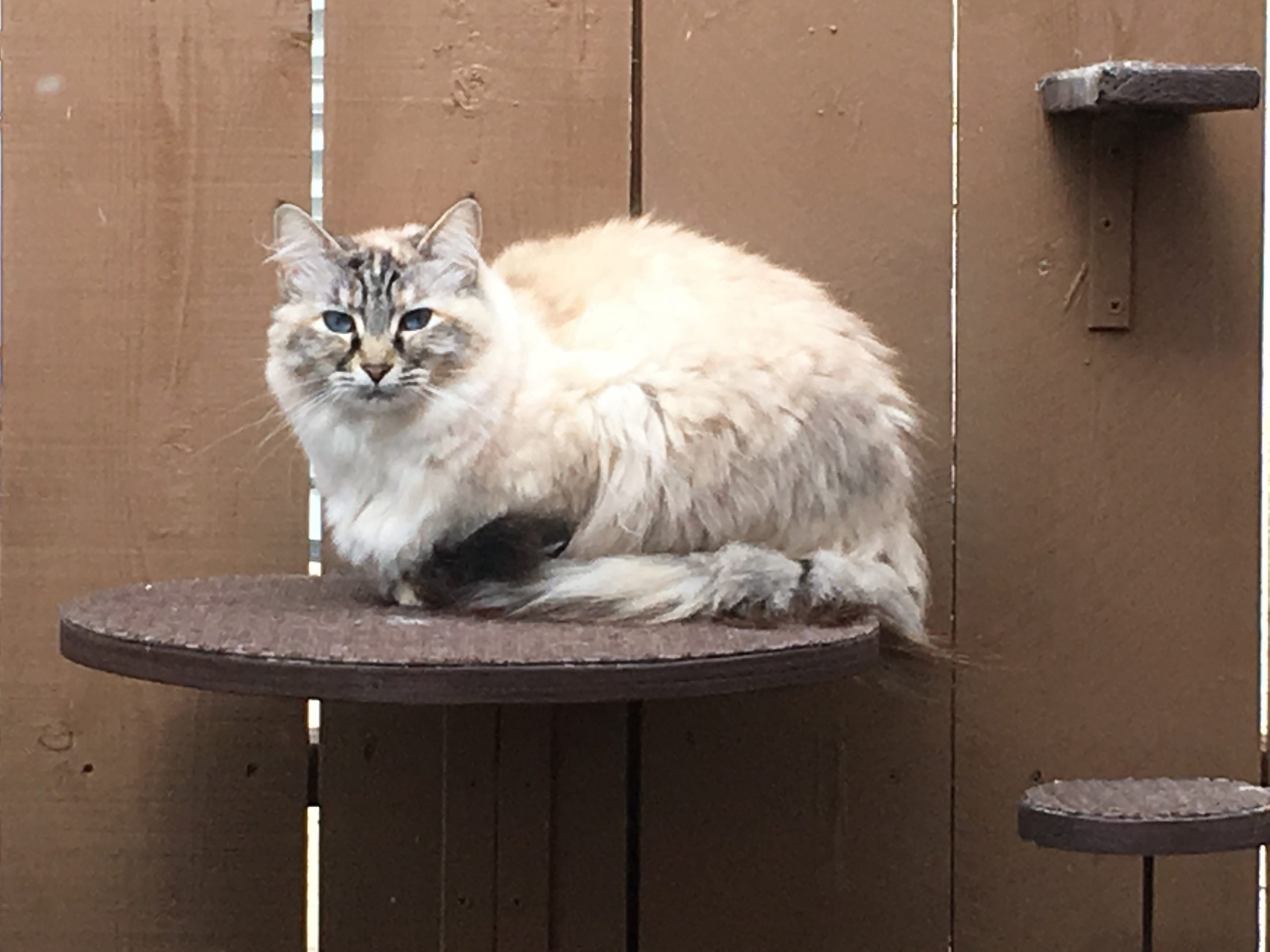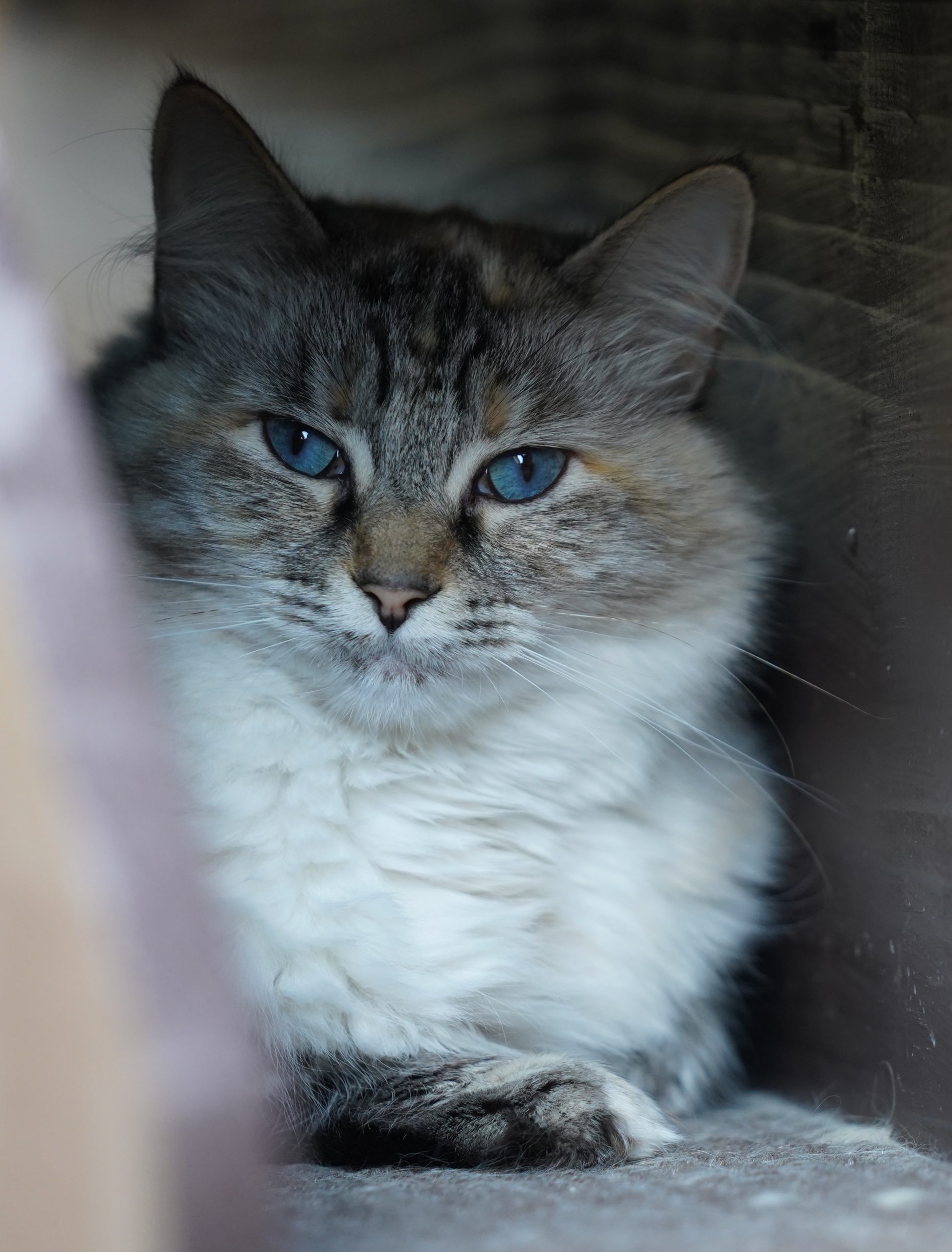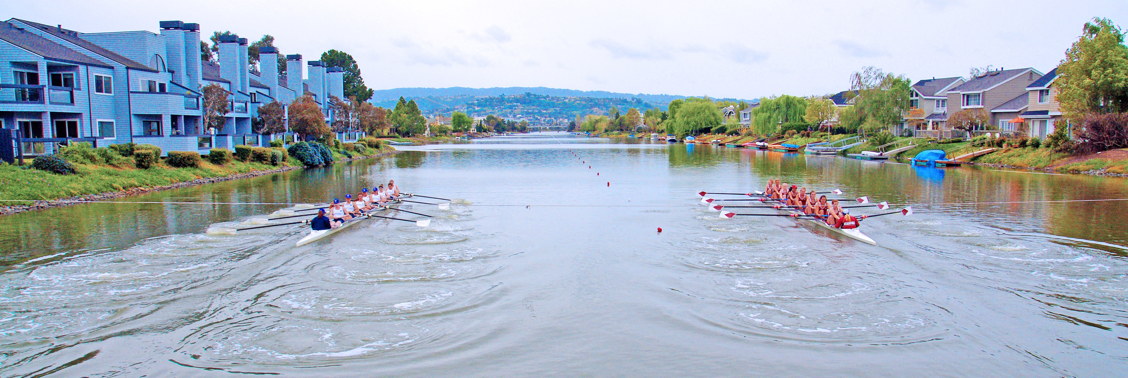
Turning Photographs into Memories
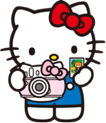 I have a terrible memory. If I don’t keep a record of it, it’s forgotten.
I have a terrible memory. If I don’t keep a record of it, it’s forgotten.
Fortunately, I love to take photographs. On a recent trip to Europe, I took over 3,200 photos in nineteen days.
*Pro tip: Having a bad memory can lead to a happy marriage. 😀
Let’s talk about a few things I consider when creating memories of our trips.
Every photograph is a composition.
Your camera probably has a shutter speed of 1/1000s. That means you have 1000 opportunities each second to decide what you want to capture. Enjoy that freedom.
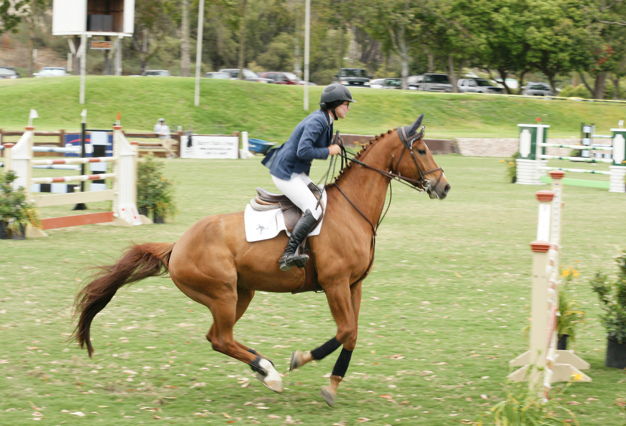
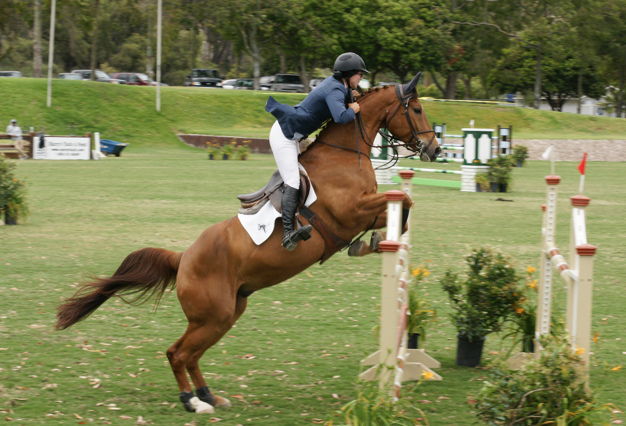
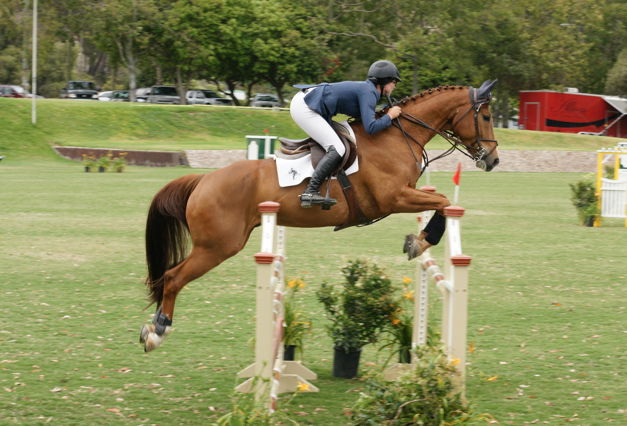
Here’s an example of three shots taken moments apart. Each has something to offer.
Fortunately, with digital cameras, you can take as many photographs as you like and decide later which one is most compelling.
Keep only the best.
Look at your photographs critically. If you travel with others, get their opinion, too. It’s not always easy, but how many photographs do you need of almost the same thing. After my last trip to Europe, I reviewed all the photos and kept only the best – which, in this case, was 770 photographs, or one quarter of the total.
Which ones are most captivating? Which ones consistently draw your attention?
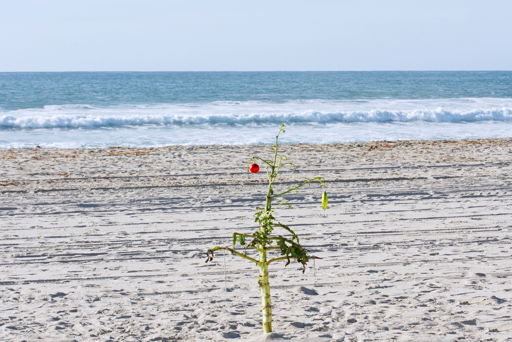
Do I really want to keep this?
I keep that ones that evoke the most emotions or looks the best. If I have too many photographs of similar static images, the photo collection as a whole gets less interesting.
When you look at these photographs 10 years from now, you don’t want to be bored.
Which ones are most captivating? Which ones consistently draw your attention?
Reality vs. Memory
My eye sees colors differently than my camera does. Monitors made by different companies display colors differently. Printed photographs show the colors different still.
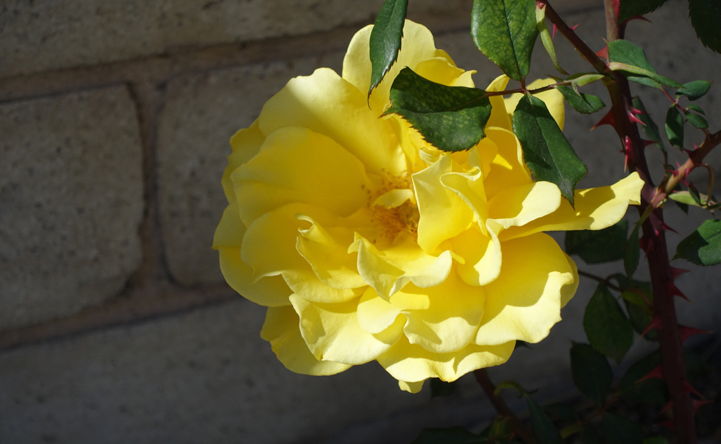
Original photograph.
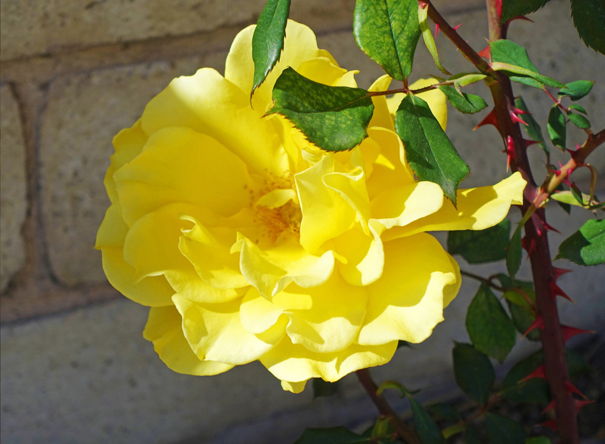
The photograph I will remember.
Crop
Sometimes unwanted objects get in my photographs, either because I can’t shoot around them, I didn’t notice them when I took the photograph, or perhaps I had zoomed out too far.
It’s my memory. I enhance it, clean it up, make it sparkle. I take a moment to make it the memory I want to remember.
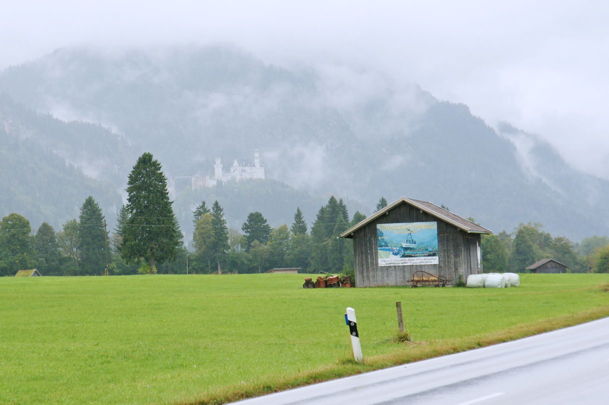
Original photograph.
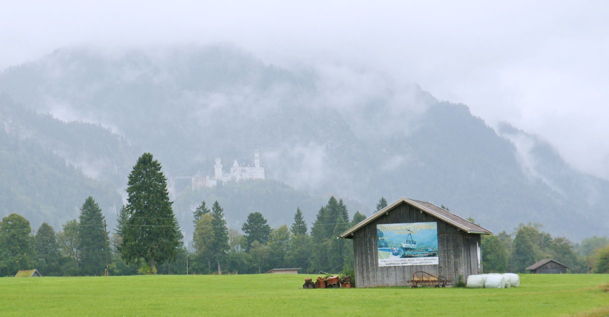
This is a better memory.
I crop out the things I don’t want to remember. Really, they won’t mind.
Backup your photographs.
All machines fail. Mine have, yours will, too. Keep copies of your photographs on cloud storage or on a separate disk
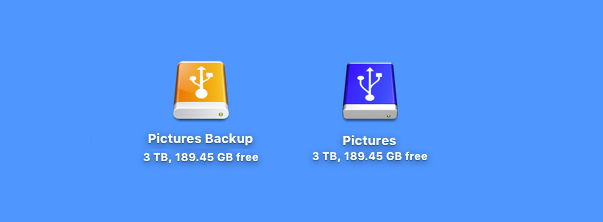
When I travel, I bring a laptop and two portable external hard drives. The drives are slightly larger than a card deck, need no external power, hold 1 TB, and cost about $50. One drive is used to backup the other. It takes only about 5 minutes each day to save my photographs from the camera to each drive. It is well worth the time.
Now, go out and create some memories!
Cameras
We are knowledgeable about cameras, which is to say we’ve used them often over the years. However, we set the camera to “auto” as much as possible and do not modify the aperture, exposure, etc. The following information is for those of you who want to take photographs, not modify camera settings.
Research Before You Buy
Camera technology changes rapidly. The technology of the lens tends to be stable. This means that your lens will last longer than your camera. You will probably have multiple lenses, such as an indoor lens that gathers a lot of light, an outdoor zoom lens, and a telephoto lens. A lens that works with a Canon, Sony, Nikon, Olympus, or whatever camera, will only work with that camera.
When you purchase a camera, you will likely keep that brand for a long, long time, because replacing the camera means replacing all the lenses.
So spend time researching, including talking to the salesmen at your friendly neighborhood camera store. You can find online communities that discuss the pros and cons of cameras. We recommend renting your camera before buying. We have rented from Borrow Lenses both to try out potential purchases and to rent a special camera for a special event, and we recommend their services.
Sensor size
The sensor is what records the image (takes the picture), and size matters. For 35mm cameras, high end cameras have full-frame sensors, which are 36 x 24mm, or 864mm. One step down (which most 35mm cameras have), and your sensor is APS-C, which is 23.6 x 15.7, or 380mm. A pocket camera will have a Four Thirds with as sensor size of 17.3 x 13mm, or 255mm. A smartphone’s sensor is 6.16 x 46mm, or 28mm.
Even if you can’t conceptualize a millimeter, you can see that a full-frame camera’s sensor is over 30 times larger than a smartphone’s sensor. So use your smartphone to photograph your food, but if you want to get a great photograph of a lion in the wild or even of the Washington monument, use a camera takes a better photograph.
Continuous Shooting
We are great fans of setting our camera to “continuous shooting”, meaning that we hold down the shutter button and the camera takes photographs as fast as it can. Why? We are not taking photographs of professional models in a studio, but of a horse and rider jumping over a fence or a surfer riding the tube. There are no do-overs. We capture as many photographs of an event as reasonable, the sort them out later on our computer. It can be daunting when you realize you took over 10,000 photographs on your vacation, but when you then find the ten perfect ones, you will be glad you used continuous shooting.
What We Use
Long ago we bought a Sony camera and, for better or for worse, have stuck with Sony. Our first digital camera (purchased in 2008), was a Sony DSLR-A700. A few years ago, we upgraded to a Sony ILCA-68, and we have a Sony DSC-RX100M3 point and shoot.
The ILCA-68 is a very good moderately-priced camera. We have no complaints.
The Sony Mark 3 point and shoot works well when you want a small camera and is very effective in low-light situations.
Our initial lens was a Sony SAL16105 16-105mm f/3.5-5.6 wide range zoom lens, which came standard with the A700. Since then we acquired a Sigma APO 70-200mm f/2.8 II EX DG HSM macro zoom lens and a Sigma 18-50mm f/2.8-4.5 SLD Aspherical DC Optical Stabilized (OS) lens.
The Sony SAL lens is very good for normal outdoor photography. However, Sigma 18-50mm is superior for indoor or low-light situations when you don’t use a flash.
We are very satisfied with the quality of Sigma lenses and recommend them.
Should you get a Sony rather than a Nikon, Canon, or something else? We cannot recommend one camera over another. As we said earlier, do your research. A camera is more than just an investment; it’s a method to create memories. 😎

